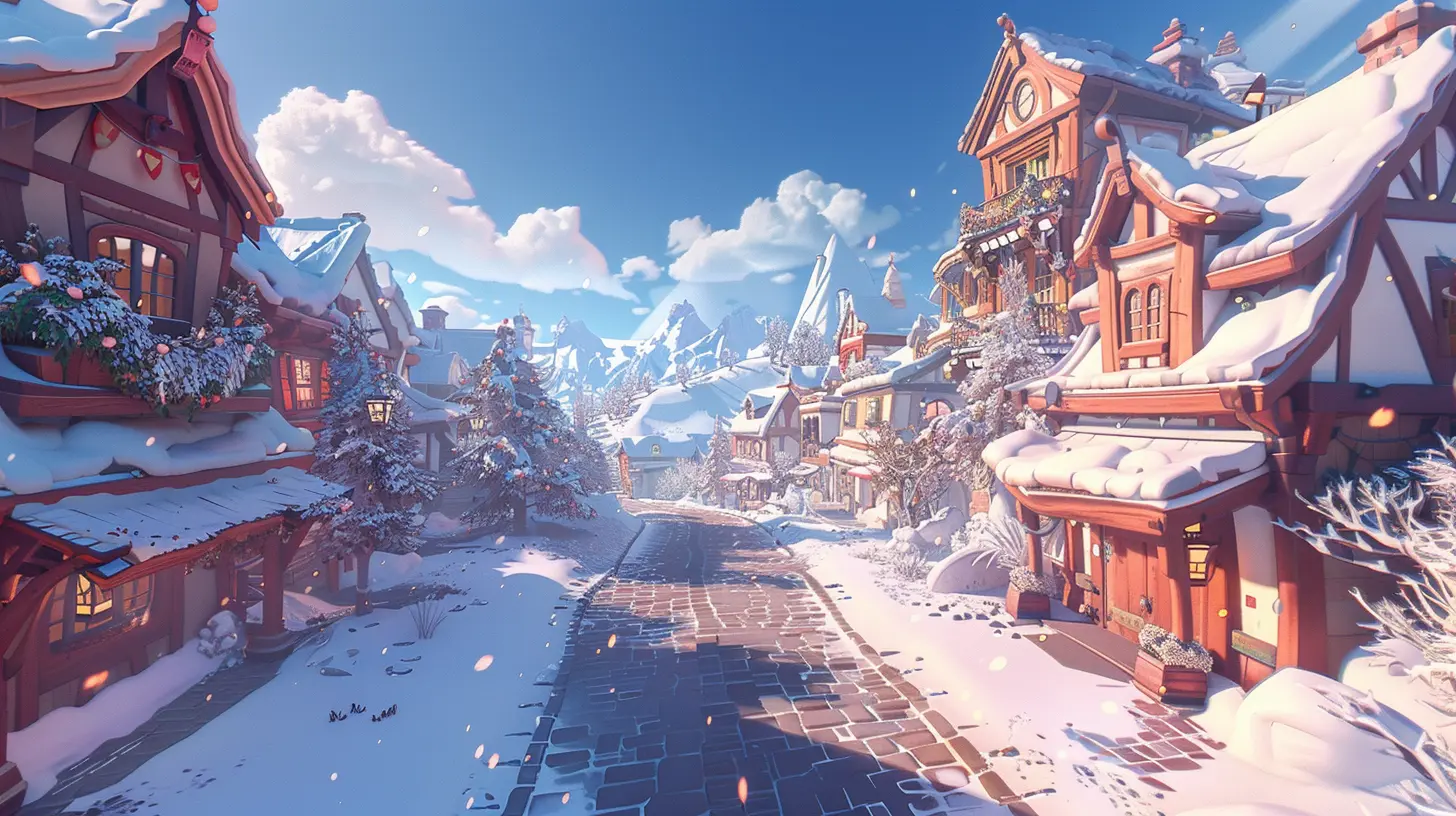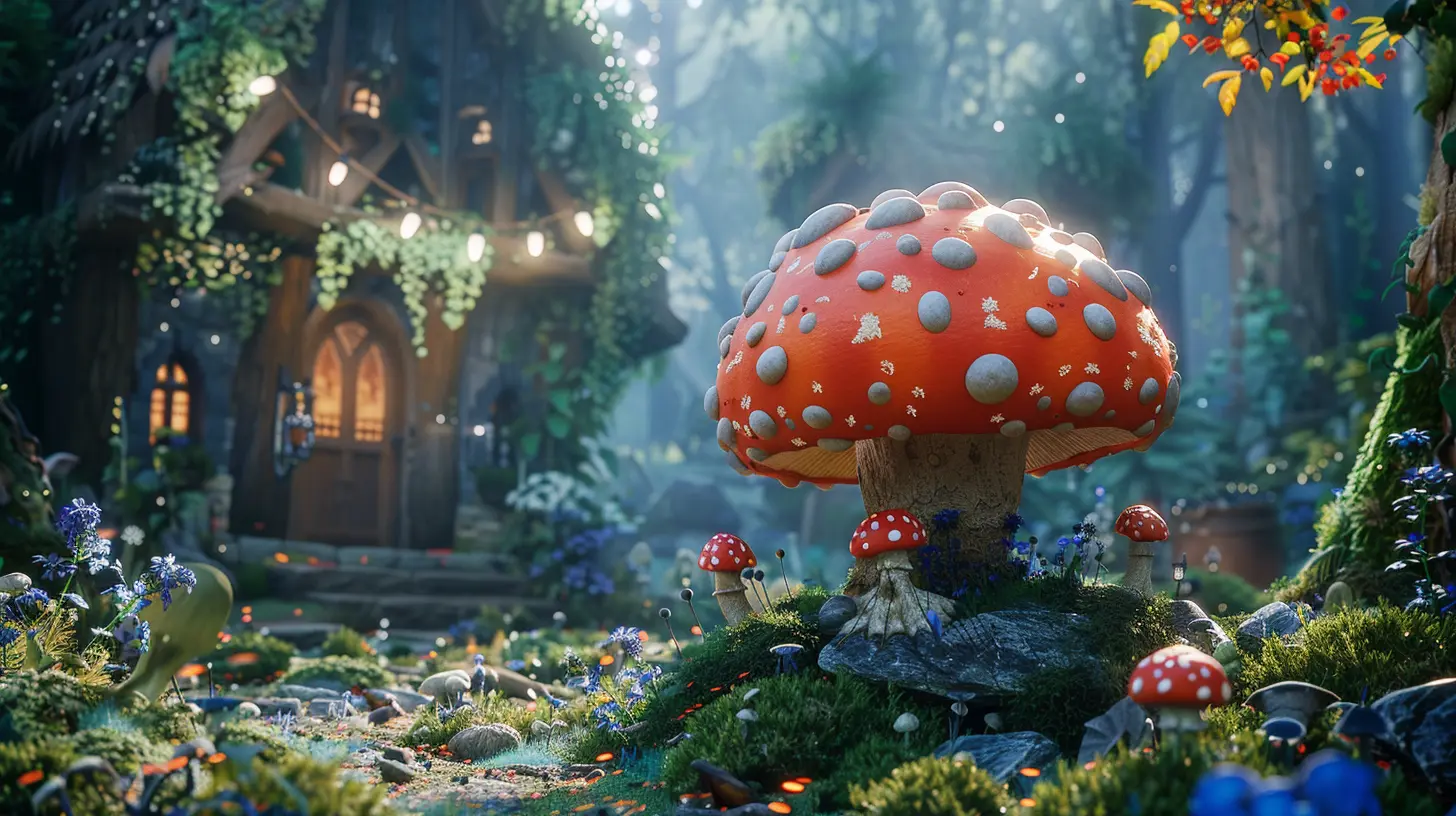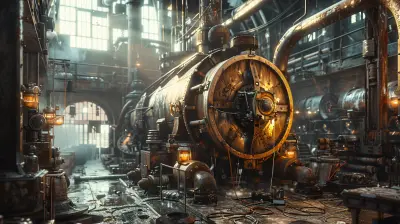Best Practices for Using Animation Systems in Different Engines
22 November 2025
Animation systems can make or break the experience of a game. Whether you’re crafting seamless character movements, dynamic environmental effects, or epic cinematic cutscenes, your choice of animation practices will directly impact how immersive your game feels. But with so many engines out there—Unity, Unreal Engine, Godot, and more—it can feel a bit like navigating a maze.
So, how do you ensure your game’s animations shine, no matter what engine you’re using? Don’t worry; I’ve got your back. Let’s dive into some best practices for using animation systems across different engines, breaking it down like a good ol’ recipe for buttery-smooth animations. 
Why Are Animation Systems So Important?
Before we jump into the nitty-gritty best practices, let’s take a step back and ask: Why are animation systems such a big deal?Animations are the lifeblood of how we experience games. They breathe life into static models, immerse players in the game world, and communicate essential feedback. Can you imagine playing a game where characters move like robots or environmental objects clip awkwardly? Yeah, hard pass.
Whether you’re working on a photorealistic RPG or a quirky 2D platformer, tailoring your animation system to your engine ensures that everything moves as smoothly as a well-oiled machine. 
1. Understand Your Engine’s Animation Pipeline
Animation systems differ wildly between engines, so your first step is to truly get your engine’s animation tools.Unity
Unity’s animation system, based on the Animator Controller, is super versatile. From simple sprite animations to complex humanoid rigs, Unity has you covered. Here’s the pro move: Take full advantage of layers and blend trees. For example, if you’ve got a character who can walk, sprint, and wave all at once, blend trees let you seamlessly combine those animations.Unity also supports Mecanim, which makes retargeting animations between different rigs ridiculously easy. Got animations from a stock marketplace? Mecanim can make sure those pre-built animations work with your custom characters.
Unreal Engine
Unreal Engine’s Animation Blueprint system is a beast (in the best way possible). With its node-based interface, you can control animation logic visually without needing a ton of code. The Animation Montage system is perfect for one-off triggers, like character attacks or emotes.One underrated feature, though? Unreal Engine’s IK (Inverse Kinematics) support. Use it to dynamically adjust animations for things like foot placement on uneven terrain. Your character can now traverse rocky paths without their feet awkwardly clipping into the ground. Isn't that awesome?
Godot
Godot might be the underdog, but its AnimationPlayer and AnimationTree nodes are surprisingly powerful. Want to blend animations or add custom transitions? Godot’s got you. The key is to familiarize yourself with the AnimationTree, which lets you create logic for how animations blend and transition.Godot also uses a straightforward timeline-based animation editor. If you’re coming from a 2D background or need precision, you’ll feel right at home. 
2. Plan Your Animations Early
Here’s the thing: Shooting from the hip rarely works when it comes to animations. You don’t want to build half your game only to realize you need major rework because you overlooked your animation system’s requirements.Start by breaking down your animation needs. Ask yourself:
- How complex are the character animations?
- Will I need dynamic transitions?
- Do I need procedural animations or physics-based movements?
- Are there any unique features in my game that require animation workflows (e.g., interactive cutscenes or destructible environments)?
A pro tip? Use placeholder animations during prototyping. It’s like sketching before painting—you can test your game mechanics without fully committing to complex animation work early on. 
3. Optimize for Performance
The harsh truth: Even the most jaw-dropping animations won’t matter if they turn your game into a slideshow. Performance optimization is non-negotiable.Reduce Keyframes
Every animation has a set of keyframes (think of them as checkpoints in the movement), but too many can bloat performance. Find the balance—enough keyframes for smoothness, but not so many it tanks your FPS.Compress Animations
Most engines let you compress animations to save memory. Unity, for example, has built-in animation compression options. Unreal Engine offers a similar feature, letting you tweak bone transforms and reduce redundant frames.Use LODs (Level of Detail)
For 3D games, LOD for animations is a lifesaver. With LOD, you can swap out high-detail animations for simplified versions when characters or objects are far away. The player won’t notice, and your performance will thank you.4. Blend Your Animations Seamlessly
You’ve probably seen it before: A character transitions from running to idle, and it looks like they’ve hit a brick wall. Animation blending is your best friend to avoid this awkwardness.Tips for Blending:
- Blend Trees: Both Unity and Godot have blend tree systems, which are amazing for smooth motion like transitioning between jogging and sprinting.- Animation Layers: Use them to stack animations. For instance, you can have a “base layer” for walking and another “action layer” for shooting. The right layers ensure nothing gets overwritten.
- Transition Durations: In engines like Unreal, don’t neglect transition times between animations. Even fractions of a second can make transitions feel more natural.
5. Leverage Inverse Kinematics (IK)
If you’re not using IK, you’re missing out on a game-changer. IK ensures that parts of a model interact dynamically with the world. Need a character to place their hand on a wall? IK can calculate the exact position and angle in real-time.Most major engines provide out-of-the-box IK support:
- Unity: Use the IK feature in Mecanim for character hands and feet.
- Unreal Engine: Unreal’s Control Rig and Full Body IK (FBIK) system are incredibly robust.
- Godot: While Godot’s IK support isn’t as mature, third-party plugins can fill the gap.
6. Test, Test, TEST
Animations aren’t just about how they look—they’re about how they feel. Clunky transitions or poorly-timed animations can completely derail the player experience.Tips for Testing:
- Play your game frequently and from a player’s point of view.- Test animations in various game scenarios (e.g., combat, exploration, dialogue).
- Use slow-motion or debug tools available in your engine to inspect animations frame by frame.
And don’t rely solely on your own judgment. Grab a friend or colleague, have them playtest, and observe how they react.
7. Stay Organized
Animations can pile up fast, and if you’re not organized, it’s like trying to find a needle in a haystack. Group similar animations into folders (e.g., “Combat,” “Idle,” “Cutscenes”), and use intuitive naming conventions. Trust me—future-you will thank you when you’re neck-deep in a project.8. Draw Inspiration From Procedural Animations
While traditional animations rely on pre-made keyframes, procedural animations calculate movements dynamically. It’s like handing your game a brain to figure out movements on the fly. Games like Overgrowth and Spider-Man: Miles Morales use procedural animations to make character interactions feel more fluid and lifelike.Procedural animations are particularly useful for secondary actions (e.g., ragdoll physics or random debris animations). Many engines support procedural systems. For instance, Unity has a library for procedural motion, while Unreal boasts the Control Rig system for runtime behaviors.
Conclusion
Using animation systems effectively is part art, part science. The engine you choose will influence your workflow, but the core principles remain the same: Plan ahead, optimize for performance, and always, ALWAYS focus on player experience. When done right, animations make more than just visuals—they make memories.Animation systems might be complex beasts, but with these best practices, you’ll tame them in no time. Now go out there and make your animations sing!
all images in this post were generated using AI tools
Category:
Game EnginesAuthor:

Avril McDowney

